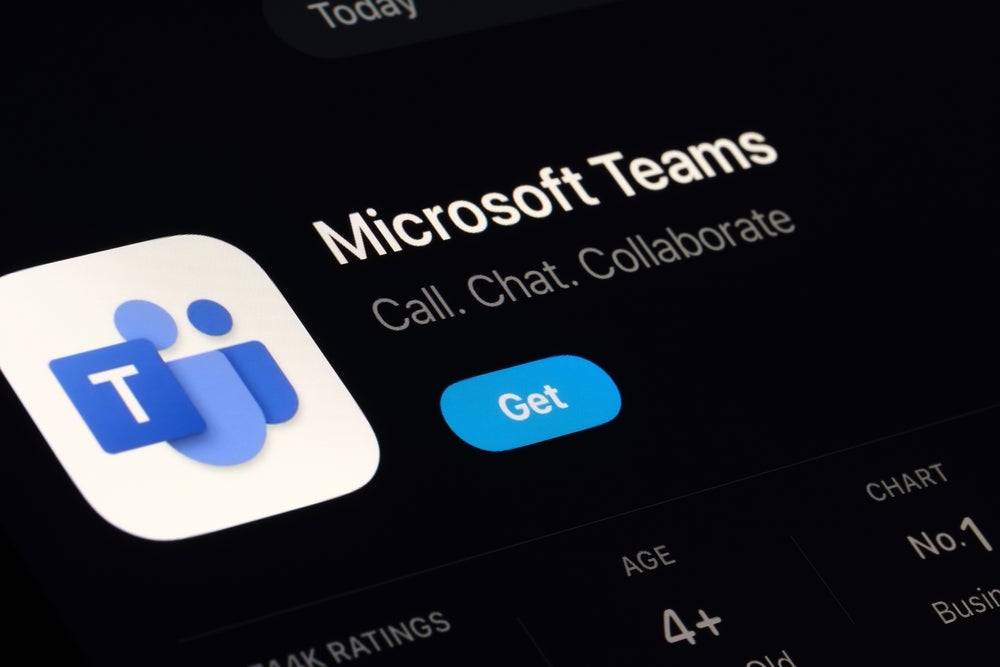Swisscom has filed a patent for methods and systems that enable service policy orchestration in a communication network. The patent describes a method for executing a service policy, which involves initiating a service policy request, evaluating the request, selecting a unique service event identifier, creating a distributed service event object, sending it to an event broker, and processing the received new service event object to update information associated with an operator access domain. GlobalData’s report on Swisscom gives a 360-degree view of the company including its patenting strategy. Buy the report here.

Access deeper industry intelligence
Experience unmatched clarity with a single platform that combines unique data, AI, and human expertise.
According to GlobalData’s company profile on Swisscom, mobile payments was a key innovation area identified from patents. Swisscom's grant share as of September 2023 was 68%. Grant share is based on the ratio of number of grants to total number of patents.
Service policy orchestration in a communication network
A recently filed patent (Publication Number: US20230254212A1) describes a method and system for executing a service policy in a communication network. The method involves several steps carried out by a service policy execution factory (SPEF) and an event broker.
At the SPEF, the method begins with initiating a service policy request and evaluating it. A unique service event identifier (ID) is selected from a service repository, and a distributed service event object is created based on the evaluation. This object includes dynamic elements and is sent to the event broker along with the unique service event ID. The event broker then forwards operator-specific event data to one or more operator access domains (OADs) based on the distributed service event object. In response to receiving a new service event object from the event broker, the SPEF processes it and updates information associated with the corresponding OAD.
The method also includes additional steps. When processing the received new service event object, the SPEF generates an abstract service policy request object, evaluates it, converts it to a machine configuration object, and decomposes it into machine configurations executable by the technical infrastructure of the corresponding OAD.
The event broker has its own set of functions. It selects the OADs in response to receiving the distributed service event object with the unique service event ID. It also converts the distributed service event object into operator-specific event objects corresponding to the OADs and forwards them. The event broker can evaluate or apply event broker rules, which define criteria for determining which OADs should receive operator-specific event objects.
The system described in the patent includes one or more circuits configured to carry out the method steps. These circuits are present in both the SPEF and the event broker. They initiate service policy requests, evaluate them, select unique service event identifiers, create distributed service event objects, send them to the event broker, process received new service event objects, and update information associated with OADs.
Overall, this patent presents a method and system for executing service policies in a communication network. It involves the SPEF and the event broker working together to handle service policy requests, evaluate them, generate and forward event objects, and update information associated with OADs.
To know more about GlobalData’s detailed insights on Swisscom, buy the report here.
Data Insights
From

The gold standard of business intelligence.
Blending expert knowledge with cutting-edge technology, GlobalData’s unrivalled proprietary data will enable you to decode what’s happening in your market. You can make better informed decisions and gain a future-proof advantage over your competitors.







